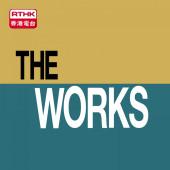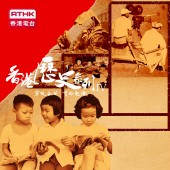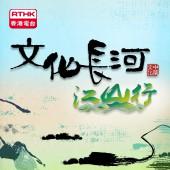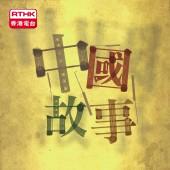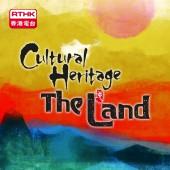Quanan Shum's "Season With Lusts", M+ Southeast Asia, Luo Ying's ink painting & elderl
2018-07-25
返回
Quanan Shum's "Season With Lusts", M+ Southeast Asia, Luo Ying's ink painting & elderl
2018-07-25
The theme of the 29th annual Hong Kong Book Fair, which started last Wednesday, is “Romance Literature”, but you’d better not write about sex too explicitly, maybe even more so if you’re a Japanese author on record as having sided with Hong Kong’s protesters for democratic reform. Hong Kong’s Obscene Articles Tribunal has given Haruki Murakami’s “Killing Commendatore” a Class two “indecent rating” and the fair’s organisers have asked exhibitors to remove it from display. Hong Kong’s public libraries are also limiting its loan to readers over 18. In recent days the OAT has also defined adult periodical Lung Fu Pao and a photo book by model Ealies Chau as class two publications. One person whose work has not been restricted is writer Quannan Shum, even though romance, love and eroticism are recurring themes in his writing. One of his novels, “Season with Lusts”, first published in 1984, has now been reprinted with illustrations by Montagut Chuen.
There’s been another controversy involving the West Kowloon Cultural District Authority, this time over the fact that it had directly paid subcontractors working on building the M+ museum on behalf of its financially-troubled main contractor Hsin Chong Construction without first consulting the legislature. Lawmakers are calling for a special meeting in the Legislative Council to look into the matter. M+ is scheduled to open next year, two years behind its original schedule. A smaller venue, M+ Pavilion, used for exhibitions, opened two years ago. On show there until the end of September is a selection from its Southeast Asian art collections.
Chinese landscape painting of the Song, Ming and Qing periods presented idealised landscapes incorporating elements such as water, lofty mountains, stones, gardens, animals, and literary gatherings. The paintings embody their creators’ longing to escape from worldly pressures and retreat into nature.
But what role does Chinese landscape painting play in the modern world? On show at Hanart TZ Gallery until the end of August, “Luo Ying: Layered Hills” showcases over 50 works by the contemporary Chinese landscape painter.
Hong Kong has one of the world’s longest urban life expectancies, at 81.3 years for men and 87.3 years for women, although there’s some controversy about comparing the population of a developed city with that of entire countries. And the percentage of older people in the community is growing fast. But Hong Kong’s senior citizens are also a creative resource and a reservoir of memory.
Well, that’s it from us for this week and in fact for this series. We’ll take a short summer break and will be back at the end of September. See you then.
There’s been another controversy involving the West Kowloon Cultural District Authority, this time over the fact that it had directly paid subcontractors working on building the M+ museum on behalf of its financially-troubled main contractor Hsin Chong Construction without first consulting the legislature. Lawmakers are calling for a special meeting in the Legislative Council to look into the matter. M+ is scheduled to open next year, two years behind its original schedule. A smaller venue, M+ Pavilion, used for exhibitions, opened two years ago. On show there until the end of September is a selection from its Southeast Asian art collections.
Chinese landscape painting of the Song, Ming and Qing periods presented idealised landscapes incorporating elements such as water, lofty mountains, stones, gardens, animals, and literary gatherings. The paintings embody their creators’ longing to escape from worldly pressures and retreat into nature.
But what role does Chinese landscape painting play in the modern world? On show at Hanart TZ Gallery until the end of August, “Luo Ying: Layered Hills” showcases over 50 works by the contemporary Chinese landscape painter.
Hong Kong has one of the world’s longest urban life expectancies, at 81.3 years for men and 87.3 years for women, although there’s some controversy about comparing the population of a developed city with that of entire countries. And the percentage of older people in the community is growing fast. But Hong Kong’s senior citizens are also a creative resource and a reservoir of memory.
Well, that’s it from us for this week and in fact for this series. We’ll take a short summer break and will be back at the end of September. See you then.





